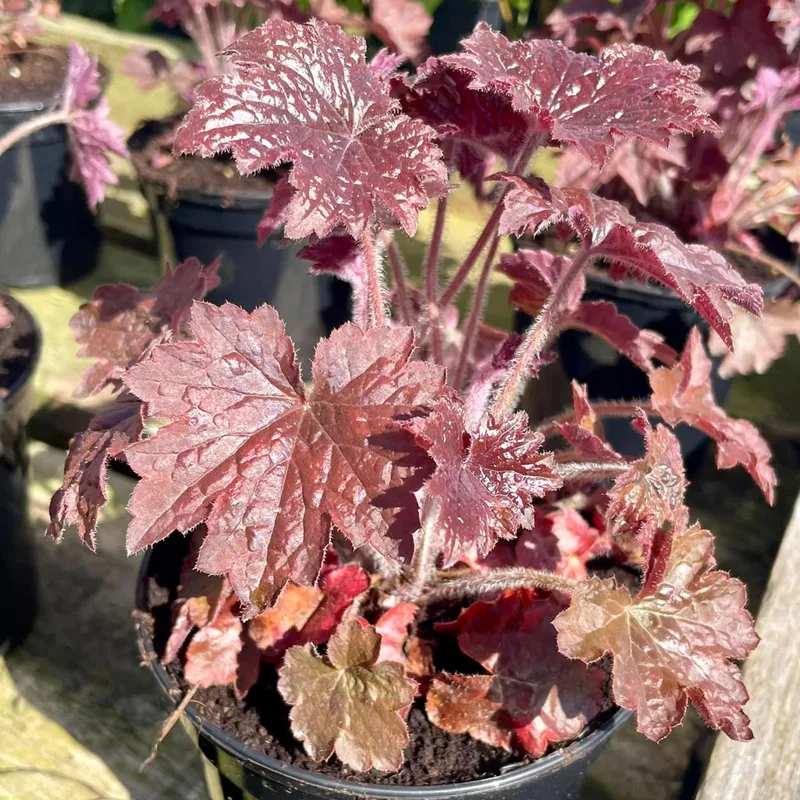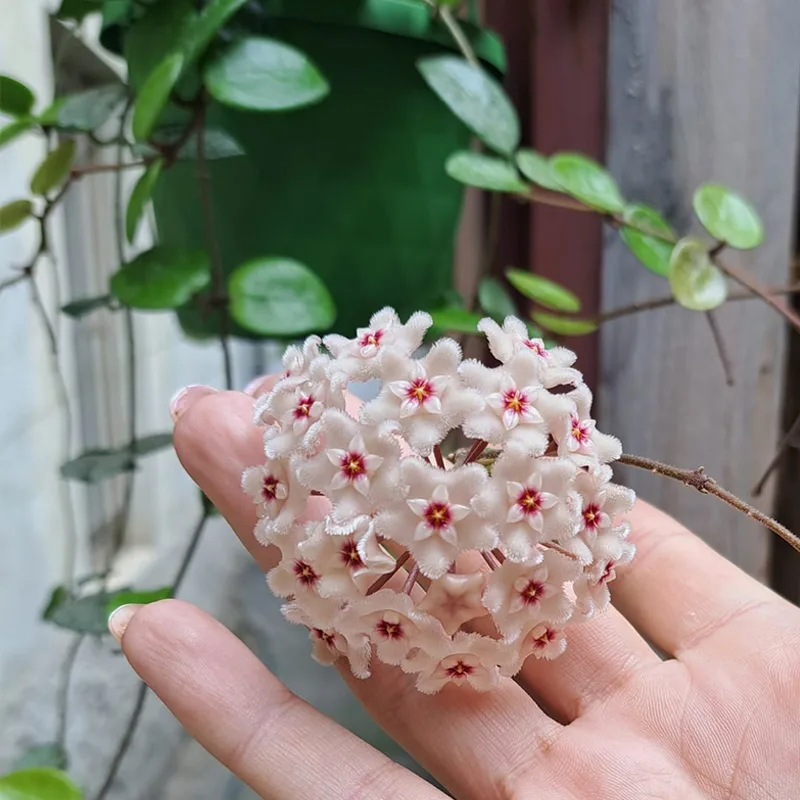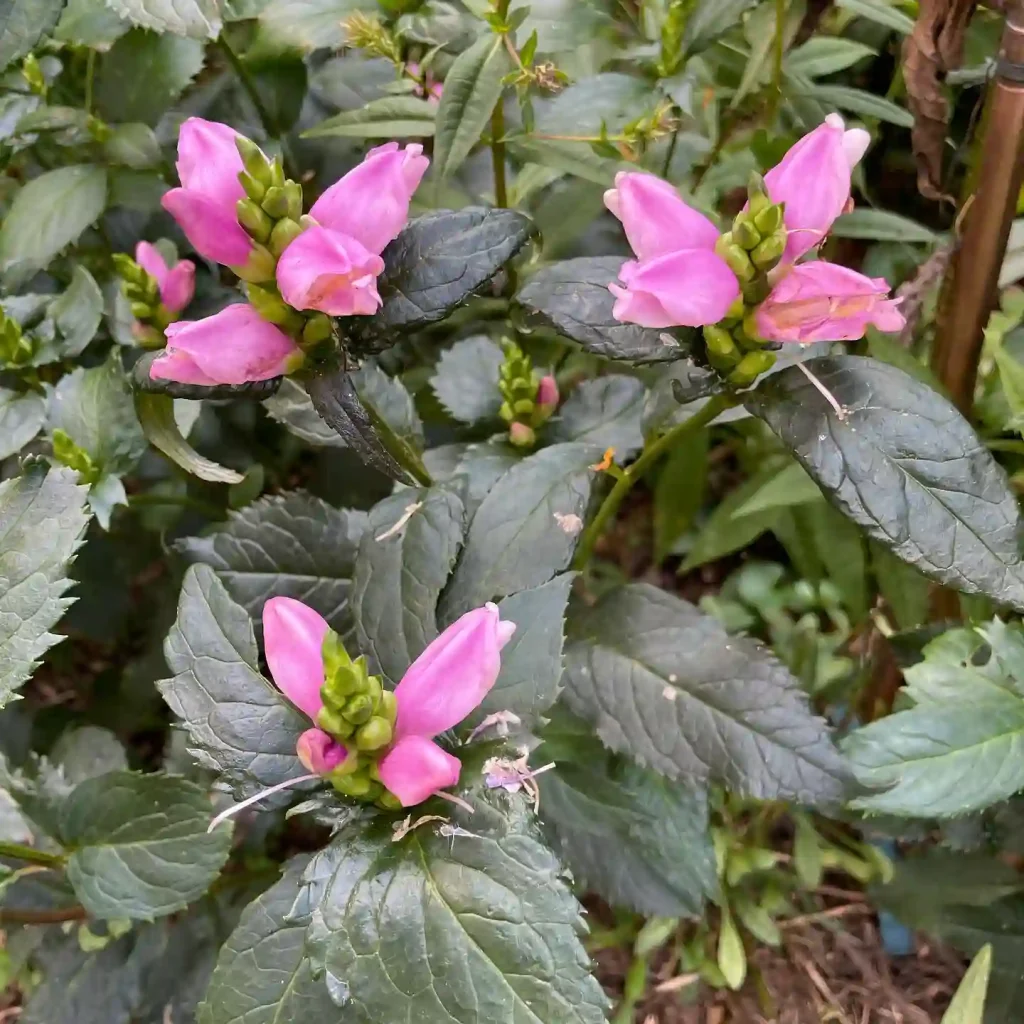All About Leathery Polypody: A Fern for the Forgetful Gardener
Hi, Ferb Vu here. I’m a gardener with a penchant for low-maintenance plants. Today, I want to introduce you to the Leathery Polypody (Polypodium scouleri), a fern that thrives on neglect.
This isn’t your average fern. Unlike its delicate cousins, the Leathery Polypody boasts thick, glossy, emerald green fronds that can withstand a bit of roughhousing.
So, if you’re a busy bee or simply forget to water your plants occasionally, this fern might be your perfect match. Let’s delve into some frequently asked questions about this easy-going beauty.
65 Species in Genus Polypodium
Where Does the Leathery Polypody Hail From?
This fern is a native of the coastal western regions of North America, stretching from British Columbia all the way down to Guadalupe Island off Baja California. It’s a natural on coastlines, clinging to cliffs and nestled amongst trees in shady oceanside forests.
These ferns are troopers, enduring the harsh realities of coastal life – heavy fog, salty sea spray, and the occasional blustery wind.
Can Leathery Polypody Survive in My Backyard?
Absolutely! While it thrives in coastal environments, the Leathery Polypody is surprisingly adaptable. As long as you can provide it with the basic necessities, it will flourish in your garden.
Here’s what it needs:
- Light: Partial shade to full shade is ideal. Direct sunlight can scorch the fronds.
- Soil: Rich, moist, but well-drained soil with plenty of humus is key. Think fertile forest floor.
- Water: Consistent moisture is preferred, but it can tolerate short periods of dryness.
Is Leathery Polypody High Maintenance?
Here’s the beauty of this fern – it’s not. It’s a low-maintenance plant that doesn’t demand constant attention. Here’s the care routine:
- Watering: Water regularly, especially during hot weather, to maintain consistent moisture. But avoid waterlogging.
- Feeding: A light feeding with a balanced fertilizer once a year in spring is sufficient.
- Pruning: Simply remove any dead or dying fronds to keep the plant looking tidy.
How Big Does Leathery Polypody Get?
This fern won’t take over your garden. It’s a slow grower, reaching a mature height of 1-2 feet with a similar spread.
How Does Leathery Polypody Differ from Other Ferns?
Many ferns have delicate fronds that require constant moisture and protection from harsh elements. The Leathery Polypody stands out for its:
- Hardiness: Its thick, leathery fronds can withstand some neglect and tolerate coastal conditions.
- Evergreen nature: Unlike some ferns that die back in winter, the Leathery Polypody retains its fronds year-round.
- Shade tolerance: This fern thrives in shady areas where many other plants struggle.
Is Leathery Polypody Pest and Disease Resistant?
Generally, yes. This fern is relatively pest and disease-resistant, making it a great choice for beginner gardeners.
How Can I Propagate Leathery Polypody?
There are two main ways to propagate this fern:
- Division: Divide established clumps in spring or fall. Ensure each division has healthy roots and fronds.
- Spores: This method is trickier but rewarding. Collect mature spores and follow specific propagation techniques for best results.
Where Can I Plant Leathery Polypody?
The Leathery Polypody’s versatility makes it a great addition to various garden settings:
- Woodland gardens: It adds a lush green texture to shady areas under trees or shrubs.
- Rock gardens: Plant it in crevices or pockets between rocks for a naturalized look.
- Containers: Its compact size makes it ideal for pots and hanging baskets on patios or balconies.
Final Thoughts on Leathery Polypody
The Leathery Polypody is a fantastic fern for gardeners seeking low-maintenance beauty. Its adaptability, tolerance for shade, and resistance to pests make it a winner. So, if you’re looking for a fern that thrives on neglect, give the Leathery Polypody a try. With a little water and some shade, it will reward you with a touch of evergreen elegance in your garden.
If i die, water my plants!



